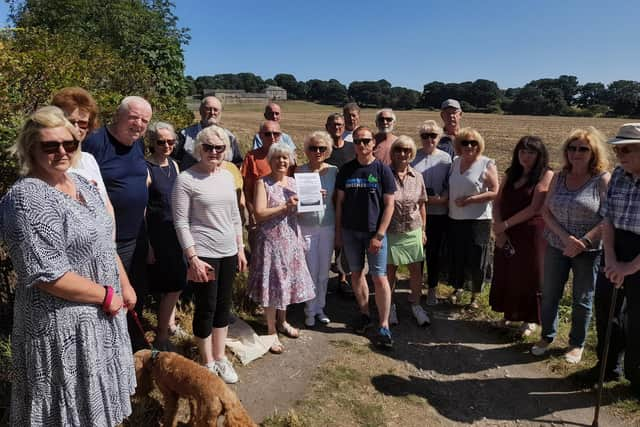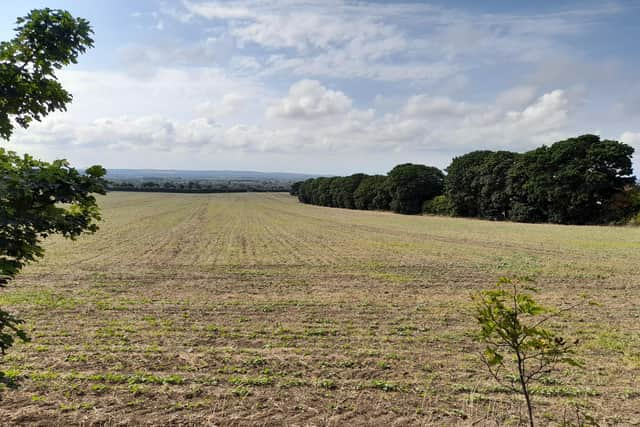Cleadon green belt Local Plan housing protesters have their case heard in Parliament
and live on Freeview channel 276
The land at Sunniside Farm, Cleadon, is owned by the Church of England and used for growing wheat, wheat growing.
It covers 5.97 hectares – roughly equivalent to around nine professional football pitches – and has been allocated for housing in the draft Local Plan for South Tyneside.
Advertisement
Hide AdAdvertisement
Hide AdConcerns have been raised over air quality, urban sprawl, light pollution, traffic, noise, ecology, biodiversity, the removal of an ancient boundary between Cleadon and South Shields and the closeness to the Cleadon Hills Local Nature Reserve.


The site also borders Bede’s Way, an historic 7th Century footpath linking the ancient monasteries of St Paul’s in Jarrow and St Peter’s in Monkwearmouth. Each June it is used for a pilgrimage.
The issue has now been raised in the House of Commons by South Shields MP Emma Lewell-Buck during a Right of Refusal of Development on Green Belt Land debate, where she presented the petition.
Speaking in the Commons, Ms Lewell-Buck said: “I rise to present this petition organised by (Cleadon resident) Jane Mills on behalf of 878 South Shields residents who oppose the development of 156 residential properties on land west of Sunniside farm, a site within the green belt with a food-producing, arable field and a heavily used historical footpath linking two ancient monasteries.”
Advertisement
Hide AdAdvertisement
Hide AdSouth Tyneside Council has stressed “nothing is set in stone”.


In 2021 a housing commission set up by Archbishop of Canterbury Justin Welby said thousands of hectares owned by the church could be used to build affordable homes.
The Gazette has asked the Church of England if they intend to sell the land, or if it will remain as landowner. They were also asked to address the campaigners’ environmental concerns, but are yet to respond.
However, a Church Commissioners spokesperson has said: “The Church Commissioners are supportive of these proposals.
Advertisement
Hide AdAdvertisement
Hide Ad“As long-term landowners we aim to assist with delivering new homes and employment opportunities which support and enhance their local communities.
“This is something that we do across the country.
“We do this by seeking to build new, and strengthen existing communities, helping to create and sustain vibrant and vital places.”